Also available in: Deutsch
Akihabara is a district in Tokyo, located around the Akihabara Station. It’s sometimes simply referred to as Akiba or Electric Town. Akihabara is essentially the main hub of electronics in Japan, but manga and anime also play a significant role here.
Between Electronics and Mangas – Akihabara in Tokyo
When visiting Tokyo, you shouldn’t miss out on the Akihabara district if you want to experience a bit of the quirky side of Japan. Video game and cosplay fans will find plenty to enjoy here, but Akihabara is worth a visit for anyone. Discover what you can find there in person.
Accommodation in Tokyo – Our Hotel Tip
The selection of hotels in Tokyo is huge, and it’s always a good idea to have a metro station close to your hotel. the Hotel SUI Akasaka by Abest and can highly recommend it. We even stayed there a second time because we really liked it overall.
Rooms in Tokyo are usually much smaller, but they offer everything you need. At the Hotel Sui Akasaka by Abest, they are equipped with a coffee machine, kettle, refrigerator, air conditioning, bathroom with modern Japanese toilet, tablet, TV, and reliable, free Wi-Fi. There are also USB ports and sockets for non-Japanese plugs. Nothing is left to be desired. Another highlight is the roof terrace, and there are other amenities such as washing machines and a directly connected café.

Popular neighborhoods to stay in Tokyo include Shinjuku, Akihabara and Asakusa. More hotels in other parts of Tokyo can be found here.
1. Stroll Through Tokyo Akihabara
When you’re in Akihabara for the first time, the many colorful skyscrapers with advertisements, anime, and also the large Sega Game Center are already impressive. For a first impression of Akihabara, we can simply recommend strolling around the area without a plan. You will be amazed, and there’s a new surprise around every corner.
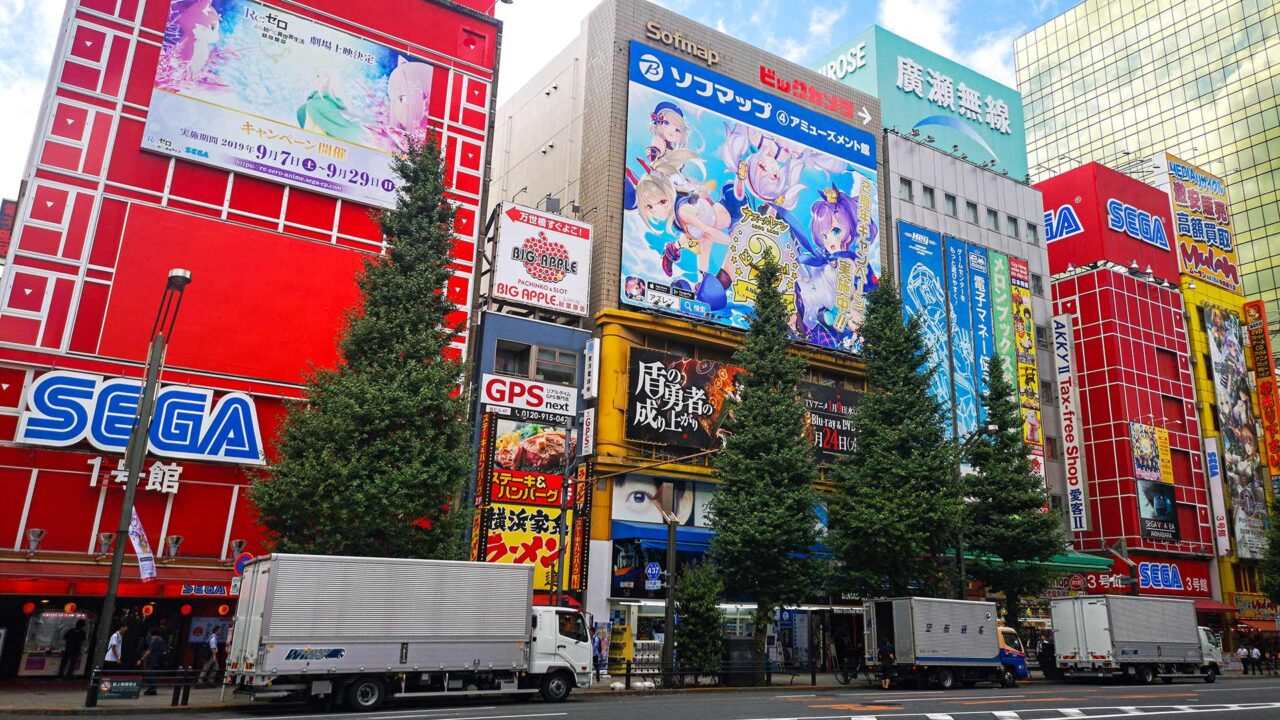
You will discover a lot in this crazy district of Tokyo. People in cosplay costumes on the street, various electronics stores, maid cafes, and anything else you can imagine. Akihabara is truly fascinating and a somewhat different world when compared to districts in Tokyo like Asakusa (coming soon in English) or Shinjuku (coming soon in English). Just go with the flow and you’ll surely have fun. We absolutely loved it!
Tip: You can also join a tour of Akihabara and dive even deeper into the anime and manga culture.
2. Gaming and Arcade
Besides shopping, Akihabara is also popular for its arcade game centers, which usually cost around 100 yen per game. From Mario Kart to various action games or even sports activities like dancing or basketball, you can do it all here.
The most famous game center is, of course, the Sega Complex, but others like Super Potato, Taito Hey, or Tokyo Leisure Land are also very popular. So, if you feel like trying out some games or even retro games in Akihabara, venture into the game centers. It’s another activity while sightseeing, but definitely entertaining.
3. Mandarake
The Mandarake Complex is a branch of the business founded in 1987 in Nakano, Tokyo. Over time, it has evolved into one of the world’s largest manga stores, welcoming guests on 8 floors with everything you can imagine related to manga and anime.

From the outside, the dark building doesn’t look like much and could easily be overlooked. Japanese pop culture with its manga and anime is known far beyond Japan’s borders, so not only locals visit the Mandarake Complex, but also interested tourists.
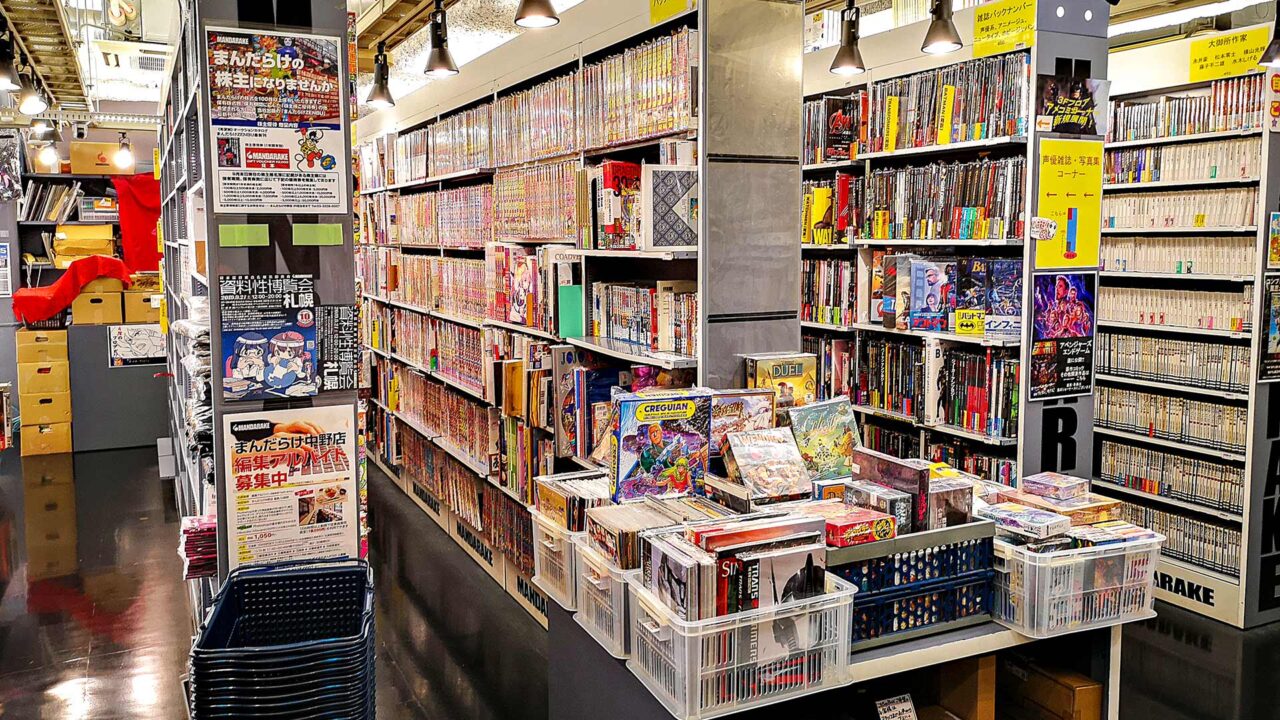
What is actually available for purchase in the Mandarake Complex? The answer would be almost everything: from costumes for cosplay to action figures, dolls, playing cards, DVDs, video games, to various manga comics (some of them for adults, which are sometimes very detailed). If you are enthusiastic about this part of Japanese culture, this is the place to be. Open daily for visitors from 12.00 PM to 8.00 PM.
4. Kanda Myōjin (Kanda Shrine)
Since 1934, the Kanda Myōjin Shrine has stood in its current form in Akihabara. Over the centuries, since its founding in 730, it has been destroyed and rebuilt multiple times, but only relocated to its current location in 1603.
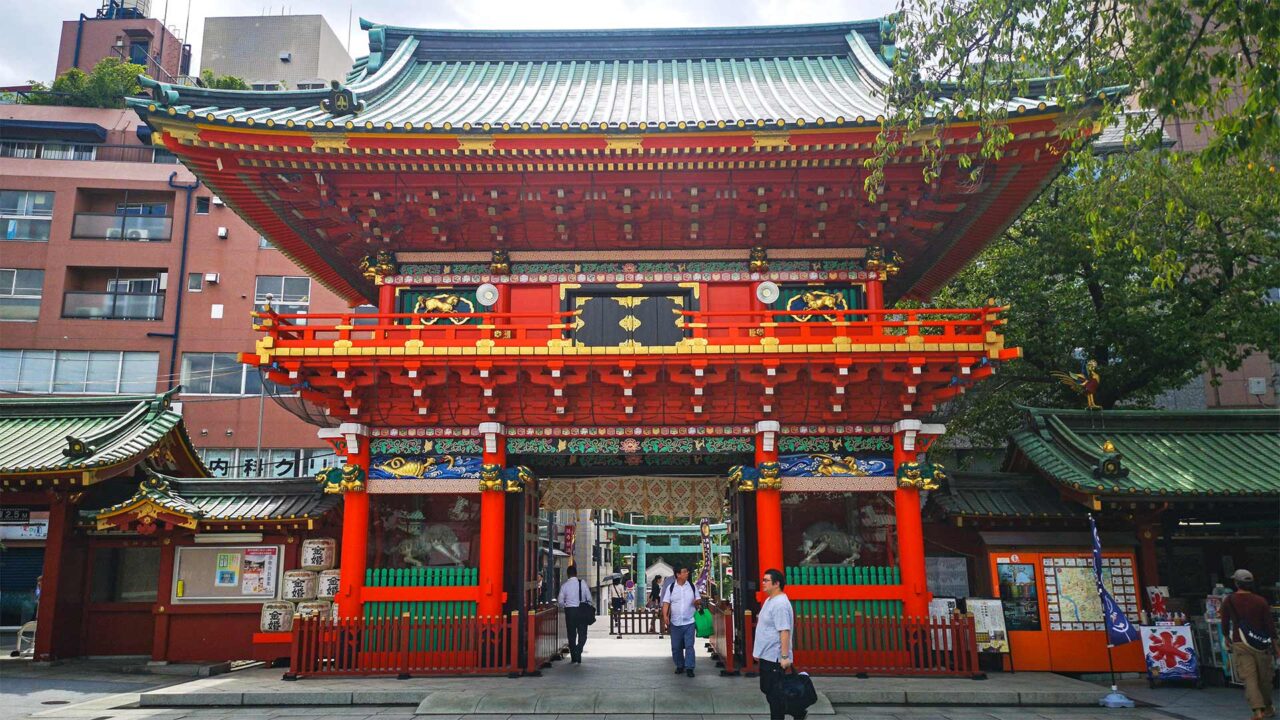
The Kanda Myōjin Shrine is one of the so-called Tokyo-jissha, one of 10 shrines scattered around the Imperial Palace of Tokyo. It is dedicated to the three deities or spirits, Daikokuten, Ebisu, and Taira no Masakado. The first two are gods of fortune, which is why many Japanese people use it to pray for prosperity and success.
Taira no Masakado, on the other hand, was a samurai whose spirit was enshrined to watch over the area of the shrine. For this reason, as well, the shrine is revered, as legend has it that the spirit can otherwise bring natural disasters if not appeased with offerings.
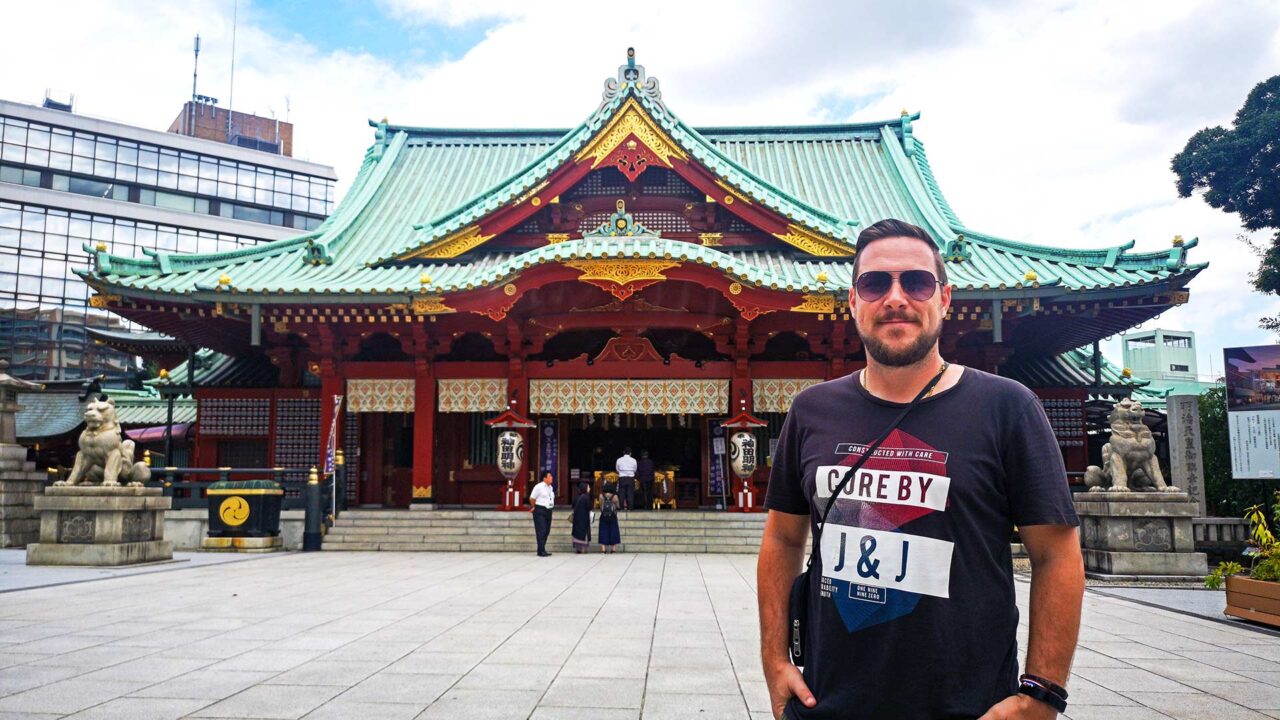
By the way, the Shinto shrine is also the setting for the Kanda Matsuri Festival, one of the most important Shinto festivals. Originally, portable shrines were brought to Edo Castle to celebrate the victory in the Battle of Sekigahara. Today, it is celebrated in mid-May with a parade honoring the deities and spirits of the shrine.
The Kanda Myōjin Shrine is always open for visits, and there is no admission fee. Particularly interesting to see are the red gate Zuishinmon and the main hall Honden.
5. Yodobashi Akiba
In Electric Town Akihabara, Yodobashi Akiba is the largest electronics department store. All tech products you can imagine are available here: cameras, speakers, mobile phones, laptops, even coffee machines, vacuum cleaners, toilets, rice cookers, and much more. Always up to date with the latest in technology.
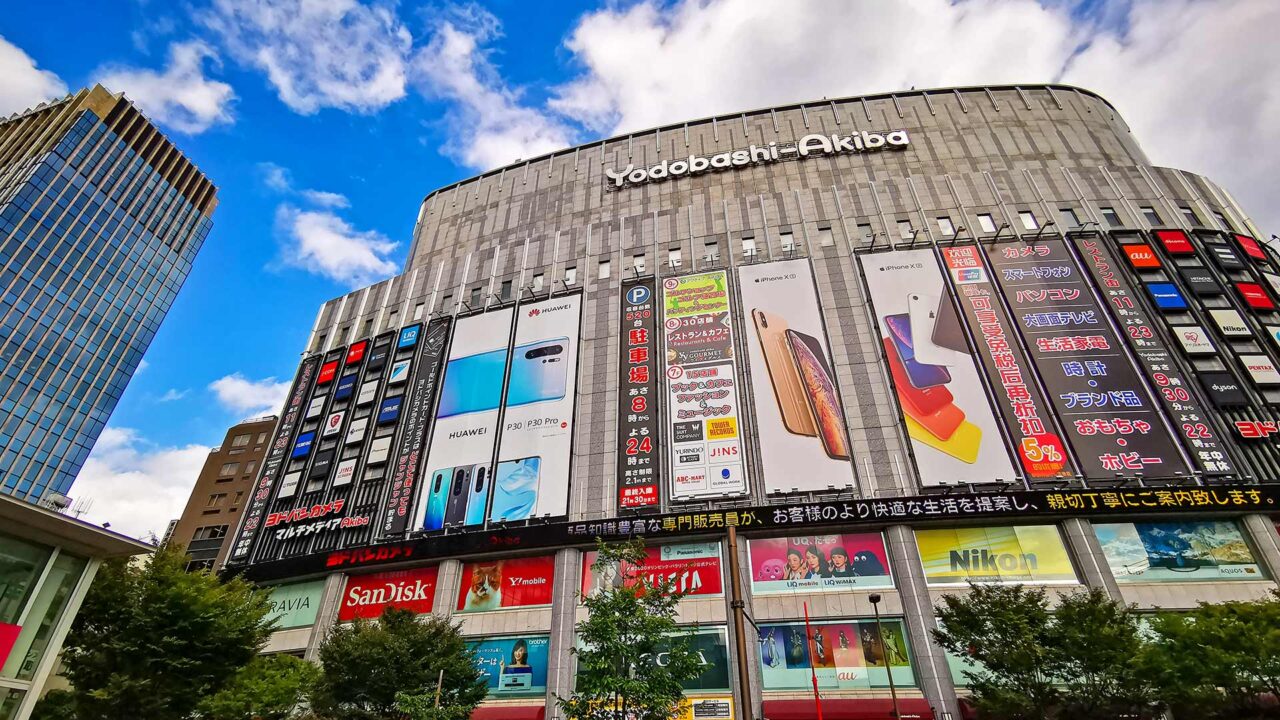
Additionally, there are fashion items, toys, cosmetics, CDs, and more. If you’re looking for something specific, you’ll find it at Yodobashi Akiba. But even if you don’t want to buy anything, it’s exciting to wander through the aisles and see everything, at least if you’re interested in technology.
The stores are open from 9.30 AM to 10.00 PM. You can find Yodobashi Akiba directly opposite the Showa Dori exit of Akihabara Station.
6. Maid Cafes
In the early 2000s, maid cafes became increasingly popular, and Akihabara is one of the hotspots in Japan. Originally opened for anime fans, these cosplay cafes attract many different types of customers. The cafe staff wear dresses reminiscent of maids, hence the name Maid Cafe.
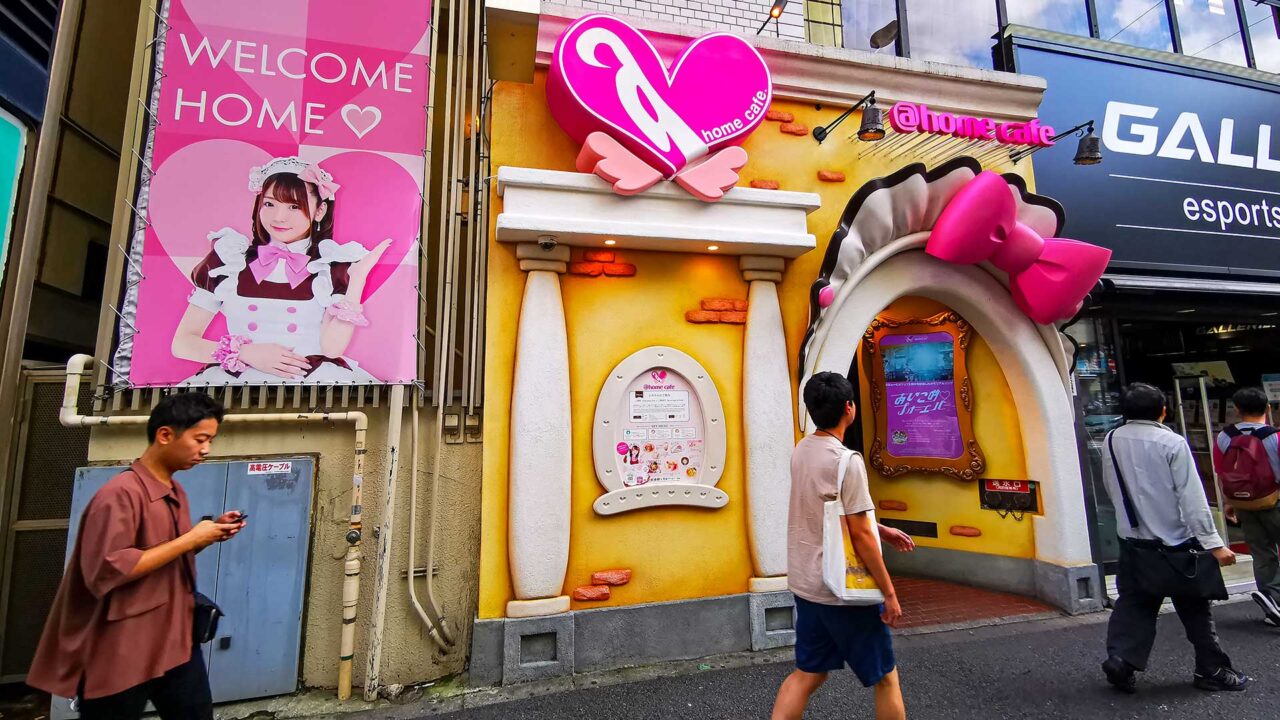
During your visit, you’ll be assigned a maid who will take care of your order and address you as “Master” or “My Lady.” You can order coffee and other drinks as well as food. You can also take photos with your server, although it all admittedly seems quite surreal.
In Akihabara, you’ll find many different maid cafes, such as @home cafe pictured here. By the way, photos inside are not allowed, and you’ll need to pay an entry fee of 500-700 yen plus the amount of your order.
7. Manseibashi
If you’re looking for something quieter in Akihabara, then head to the old Manseibashi Station. It was closed as early as 1943, but after renovation in 2013, the red brick building was transformed into the mAAch ecute shopping complex.
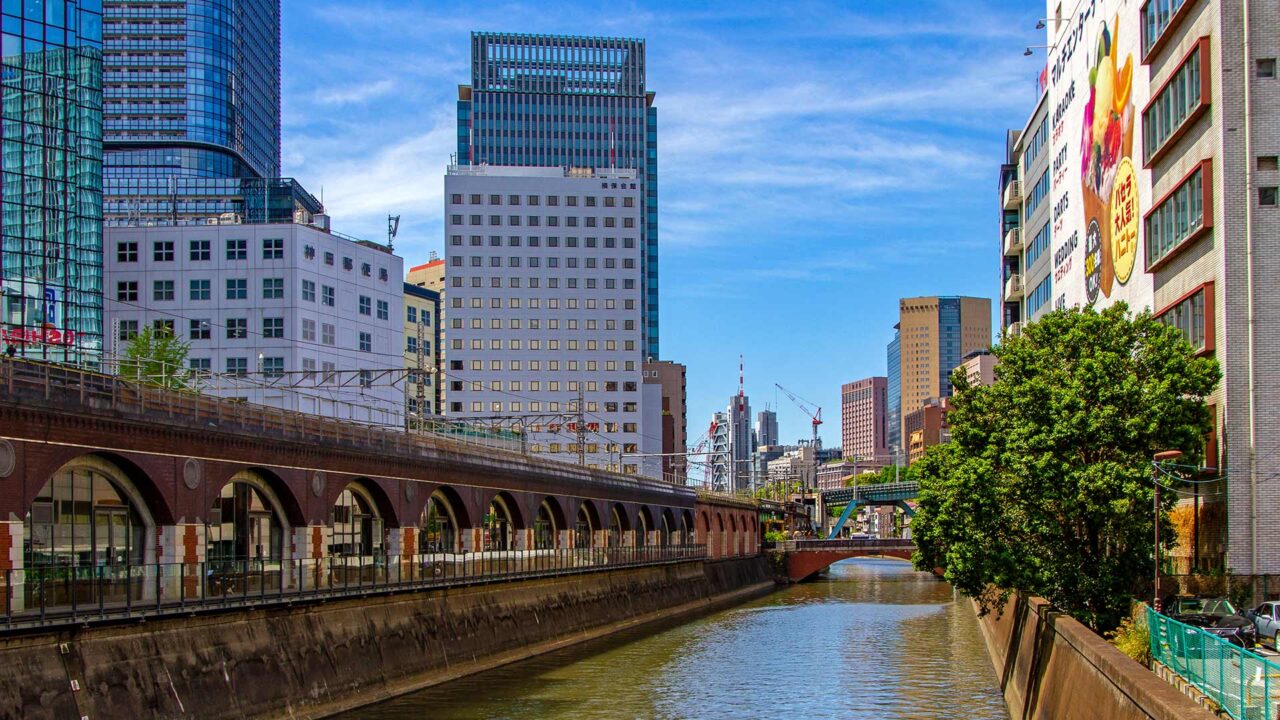
There you’ll find unique shops specializing in crafts and culture. Additionally, there are cafes and bars focusing on organic products and craft beer. So, it’s a modern shopping complex with a retro style, quite different from the rest of Akihabara.
8. Gundam Cafe
Next to the Akihabara Station, you’ll find the Gundam Cafe, specializing in the most popular animated robot. It’s particularly popular among adult Japanese, as it has been on television since 1979.
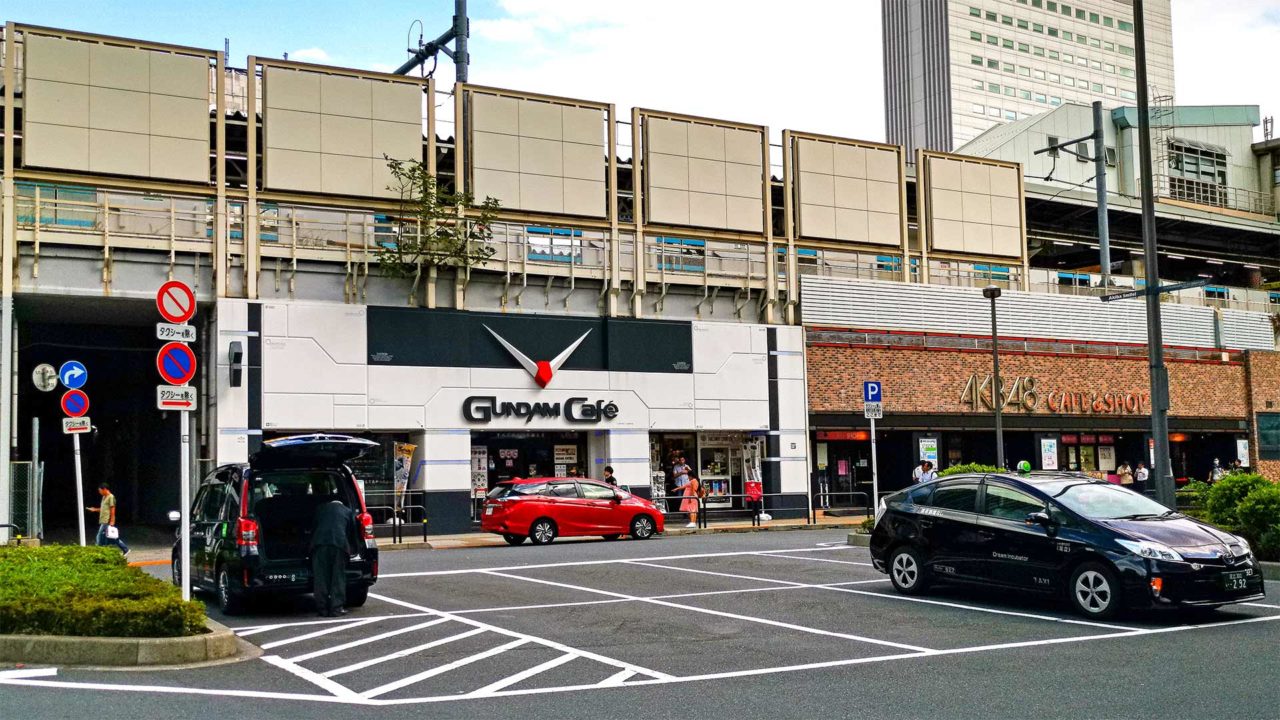
Here, food and drinks like coffee are served in Gundam style. But otherwise, the cafe is something for fans or anime-interested tourists. Even the toilets have a Gundam design, and you can buy various fan merchandise. It’s open daily from 10.00 AM to 10.00 PM.
9. Tokyo Daijingu Shrine
The Tokyo Daijingu Shrine is a Shinto shrine and one of the five major shrines in Tokyo. It is also a branch of the famous Ise-jingu Shrine, one of Japan’s most sacred shrines. The shrine is dedicated to various deities.
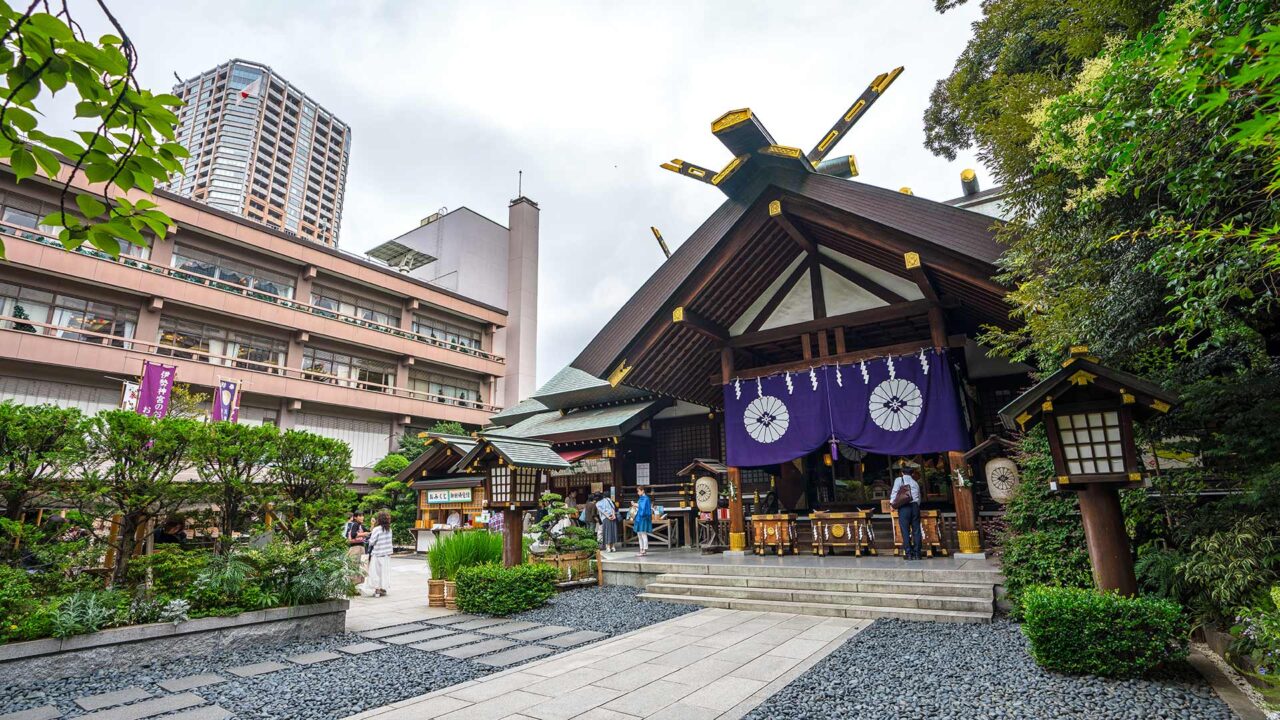
One special feature of the Tokyo Daijingu Shrine is that it was the first shrine where a wedding ceremony was held in 1900. Because of this, the shrine is particularly popular among couples wishing for a happy marriage and singles wishing for a partner. You can see many people praying for these things here.
The Tokyo Daijingu Shrine is open daily from 8.00 AM to 7.00 PM. There is no admission fee, so you should definitely visit the shrine during a day in Akihabara.
10. Owl Cafe
An owl café is a highlight of a somewhat different kind in Akihabara. However, the name cafe is relatively misleading because there are no drinks or food available. Instead, you can simply interact with owls.
The majestic birds are well cared for here, and the staff have very good knowledge about owls. You can watch them, take photos, and even touch them to feel their soft feathers. The staff will explain how to handle them, so it is not dangerous for either you or the owls.
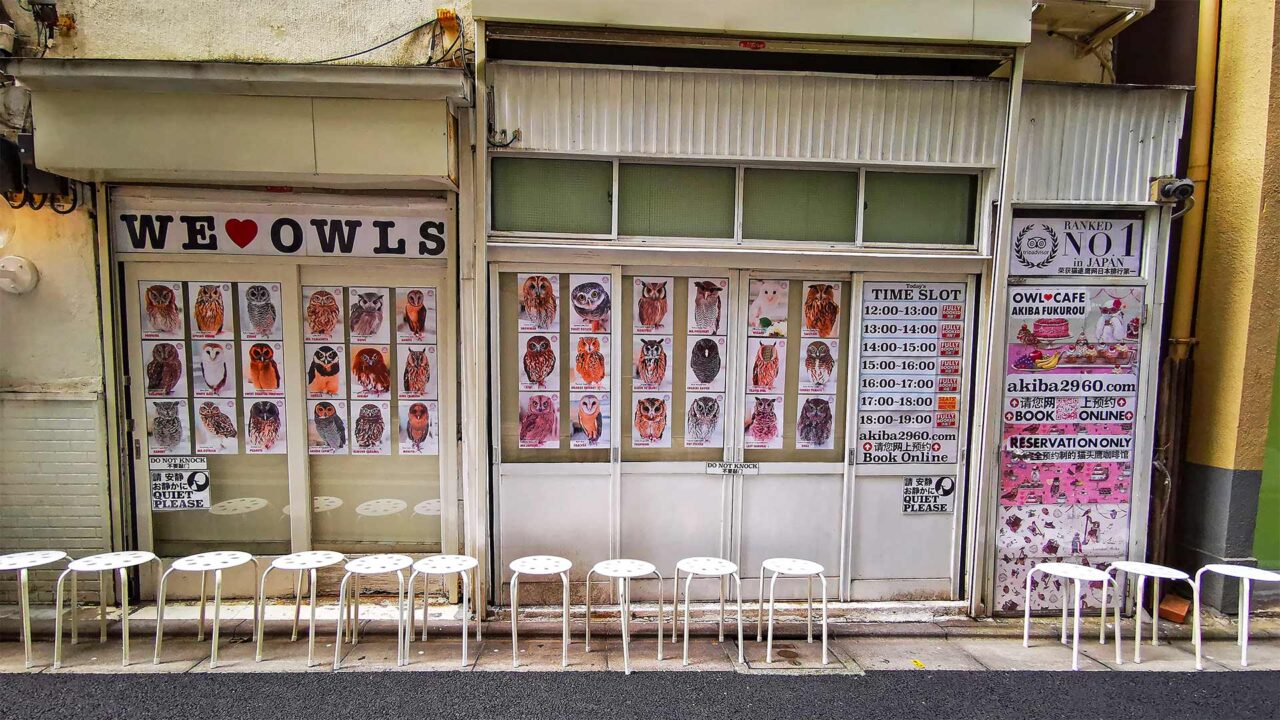
Since the owl cafe in Akihabara is very popular, especially among Asian tourists, it is worth reserving a spot in advance. Otherwise, it can be difficult to get a spot spontaneously. The time is always limited to one hour, but that is completely sufficient to collect great memories.
Tokyo Akihabara: Tours and Tickets
Do you prefer to travel with a guide who knows the area very well? Then we recommend a guided tour with a local. This way you can get to know Tokyo Akihabara in a completely different way. GetYourGuide offers a wide selection of exciting tours for Akihabara and Tokyo.
How to Get to Tokyo
The international trip to Tokyo does not offer many options, since Japan is an island country. So the plane is usually the only option to get to the Japanese capital. Tokyo has two airports, Narita and Haneda Airport.
There are direct flights to Tokyo from all over the world as well as Europe or other Asian countries. Narita Airport serves most international flights, but Haneda also handles some of them. However, the majority of flights at Haneda Airport are domestic flights. For a good overview of times, prices and airlines, we can recommend Skyscanner.
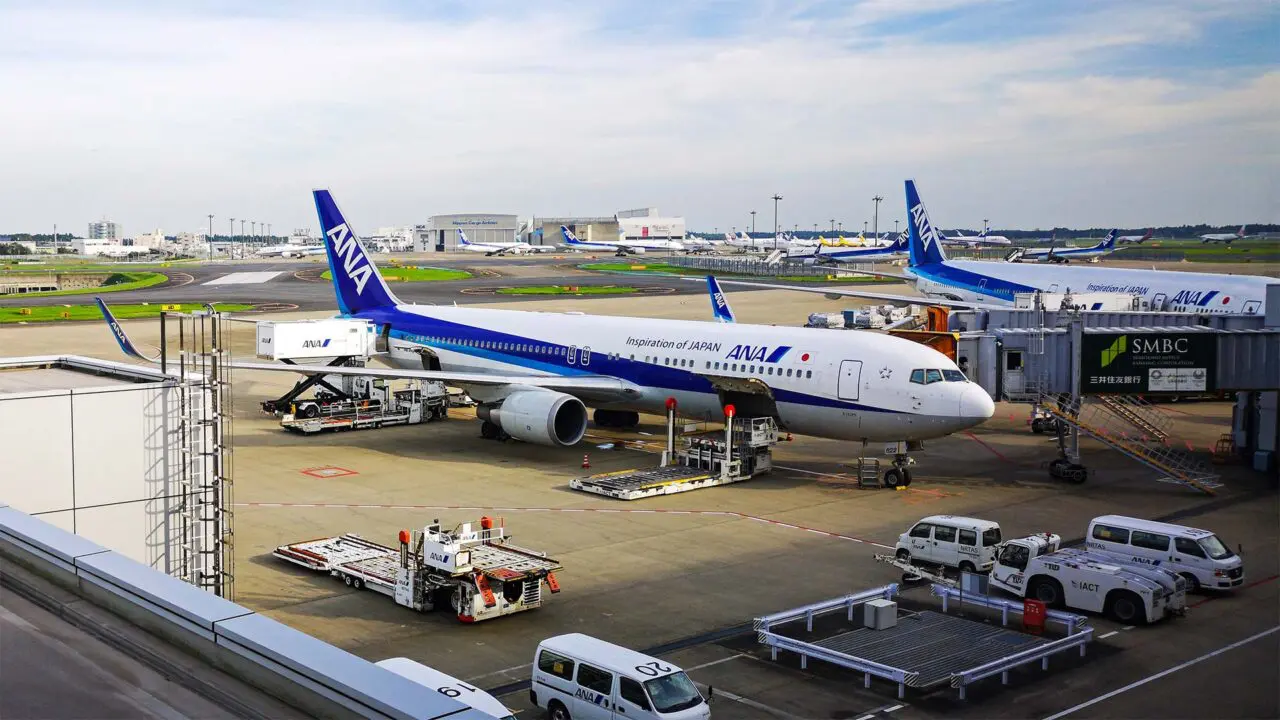
Note: There are also ferry connections, e.g. from China or South Korea to Japan, but not directly to Tokyo. There you would have to travel to Tokyo via Kyushu or Osaka. You can find more information at 12go.asia.
Other options if you are traveling to Tokyo within Japan are the bus and train. The Shinkansen express trains are the most popular, but there are also many other trains to choose from. If you are in Japan a little longer, then a Japan Rail Pass is worth it, because most routes within Japan can be covered quickly and easily by train. Absolute recommendation!
Have you been to Tokyo Akihabara? What did you experience in Akihabara and do you have any further tips? Leave us your opinion in the comments.
Photos: Photo 9 (Manseibashi): Keith Tarrier/shutterstock.com and photo 11 (Tokyo Daijingu Shrine): Ggamies/shutterstock.com

Tobi
Hi, I'm Tobi, author, passionate travel blogger and founder of this blog. I've been traveling the world a lot since 2013, mostly in Southeast Asia, but sometimes also in Europe. The Thai island of Koh Phangan has become my home base when I'm not traveling. Find out more on our About Us page.